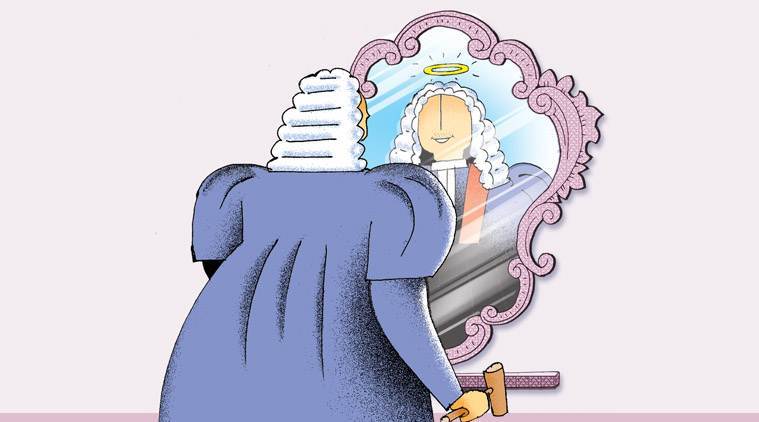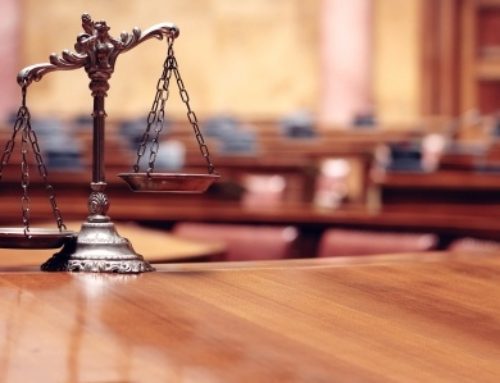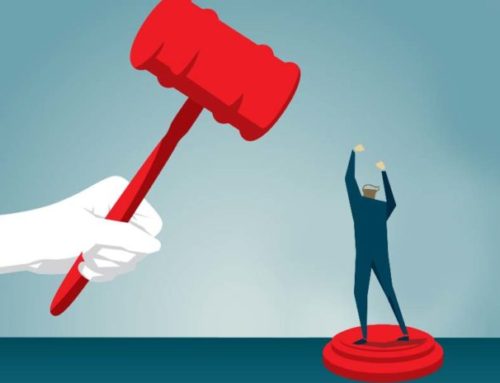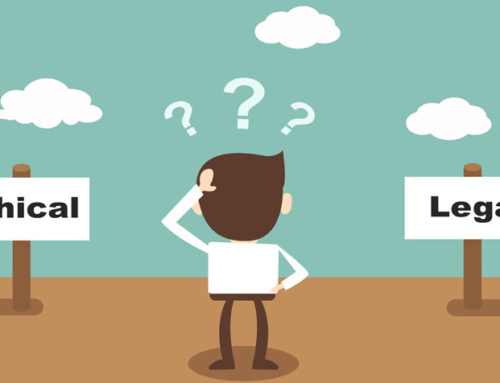Editor’s note – In this piece Shreenath Khemka writes about the imminence of a fifth Judges’ case. With the CJI recommending the initiation of removal proceedings against Justice S.N. Shukla, the Judiciary’s control over its composition can be seen to be extending to the removal of its officers too. While the four Judges’ case gave the institution control over appointment, the fifth case could give it control over dismissals too despite no textual backing from the Constitution.
Fairness dictates that one who cuts the cake should not choose the slice. In a political context, Montesquieu hypothesized a system of checks between constituents such that a degree of mutual distrust could be harmonized into systemic balance. Unlike his Magna Carta predecessor, Montesquieu went a step ahead of merely leashing in the executive. Ergo, emerged the classical rudiment of the modern State—legislature, executive, and judiciary.
Within our Constitution, the delimitation was focused more towards segregating the judicial institution from the parliamentary executive. However, the implicit supremacy of the democratic mandate meant that the constituent and de-constituent powers over the judiciary were bestowed upon the parliamentary executive. Hence, Articles 124(2) and (4) conferred the writ of appointment and removal unto the Cabinet and the House. Whilst the collective rendering of the Four Judges’ cases (1981, 1993, 1998, and 2015) took back the writ of appointment from the Cabinet’s prerogative; the writ of removal has maintained its virginal virtue. With the Chief Justice of India’s recommendation to initiate removal proceedings against Justice S. N. Shukla of the Allahabad High Court, things might be thrown open.
Firstly, any removal proceeding under Article 124(4) must heed to the due process created under the Judge’s Enquiry Act 1986. Unequivocally, under Section 3(1) a notice for removal can only be initiated by a Parliamentary motion in either of the Houses. Therefore, ipso juris any Collegium recommendation has no force to commence removal proceedings.
Secondly, under Section 3(2) the Investigating Committee is to be constituted solely by the Speaker, as per his choice of nomination. Therefore, the damning findings of the Enquiry Committee (constituted by the then Chief Justice Misra, in re Justice Shukla) cannot ipso facto transpose the exercise contemplated by the Investigating Committee; for want of corum and method, as defined under Section 3(2).
Thirdly, notwithstanding the determination of absolute guilt, it is the sole prerogative of the Parliament under Article 124(4) to take action. Failure to reach a two-thirds majority in both the Houses would frustrate the entire process. Therefore, even ‘truth’ in its resolute audacity has no effect, if not met by adequate vote. With the recent furor over the Doctrine of Political Thicket concerning the Karnataka Speaker case (2019), it is arguable that putting the removal to a vote renders it a ‘legislative process’ immune from judicial scrutiny. Appointments, on the other hand, are ‘executive measures’ amenable to judicial scrutiny.
When ‘consultation’ was read as ‘concurrence’ by the Apex Court (circa 1981 to 1998), it was largely to address mischief of the Cabinet’s prerogative. However, the same was restricted to the writ of appointment, largely because the question lis pendens was of judicial appointments. When in 2018 the petitioners in the Master of the Roster case had sought to import parallel construction upon Article 145 (in a different context), the same was denied by the court. Therefore, the interpretation of Article 124(2) was not sub silentio to other parts of the Constitution. However, because in judicial removals the mischief is the same as was addressed in the Four Judges’ cases, therefore, arguably, a Fifth Judges’ case could see the interpretive extension upon Article 142(4) as well. Needless to say, a Fifth Judges’ case is imminent; whether it be under Writ or through Presidential reference.








Leave A Comment